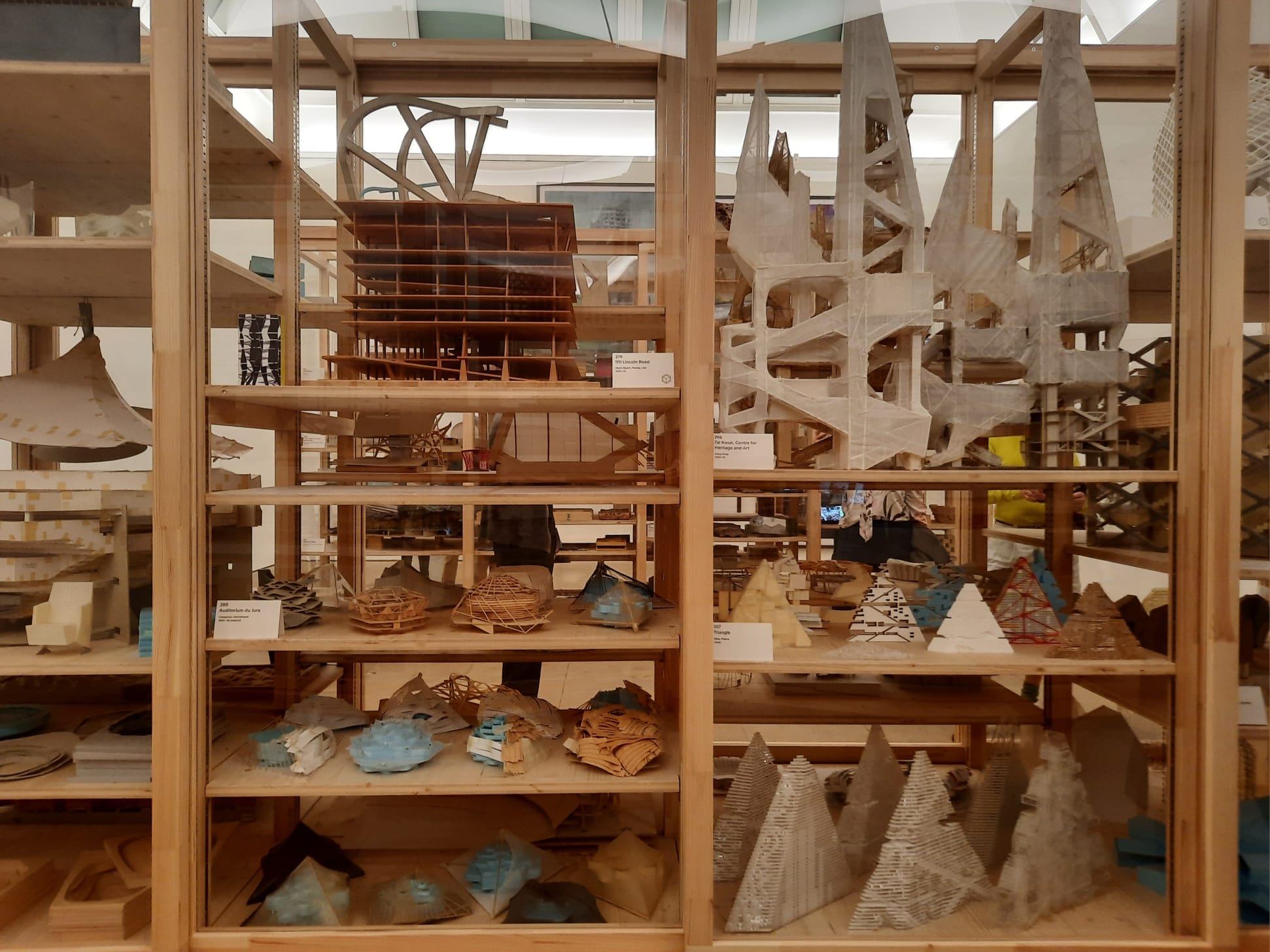Herzog & de Meuron – Royal Academy, London (LAST CHANCE TO SEE)
Herzog & de Meuron put on an introspective show at the Royal Academy. The pair’s collaboration on the exhibition lends insights into their process, but does it impinge on a well-rounded presentation?
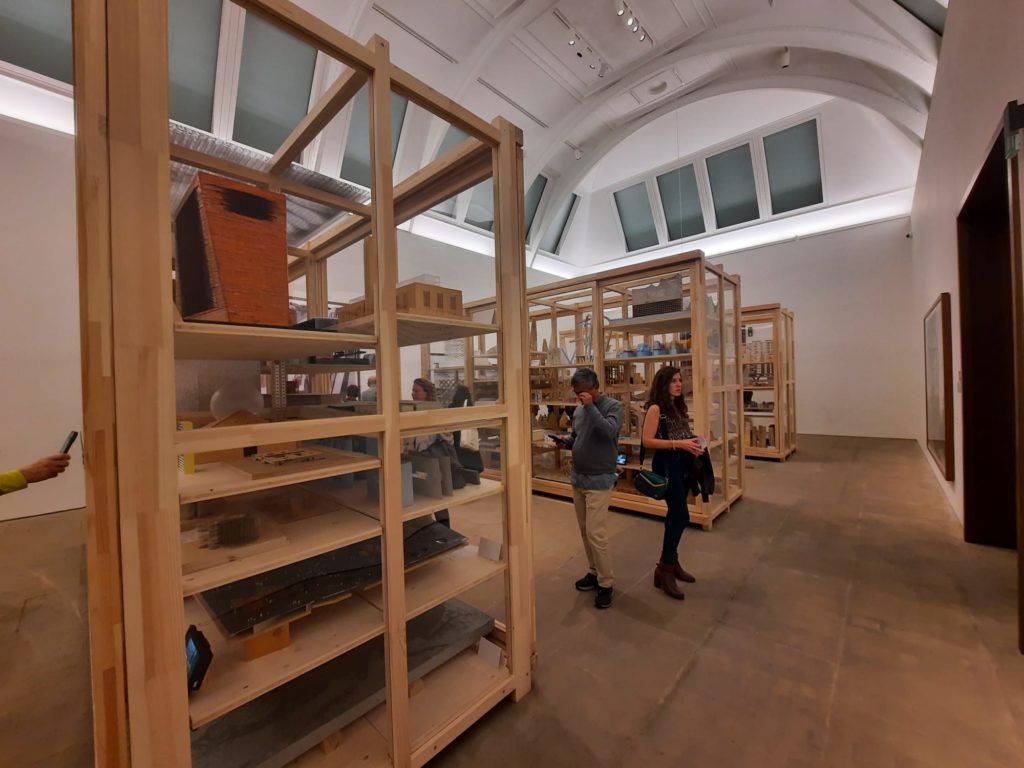
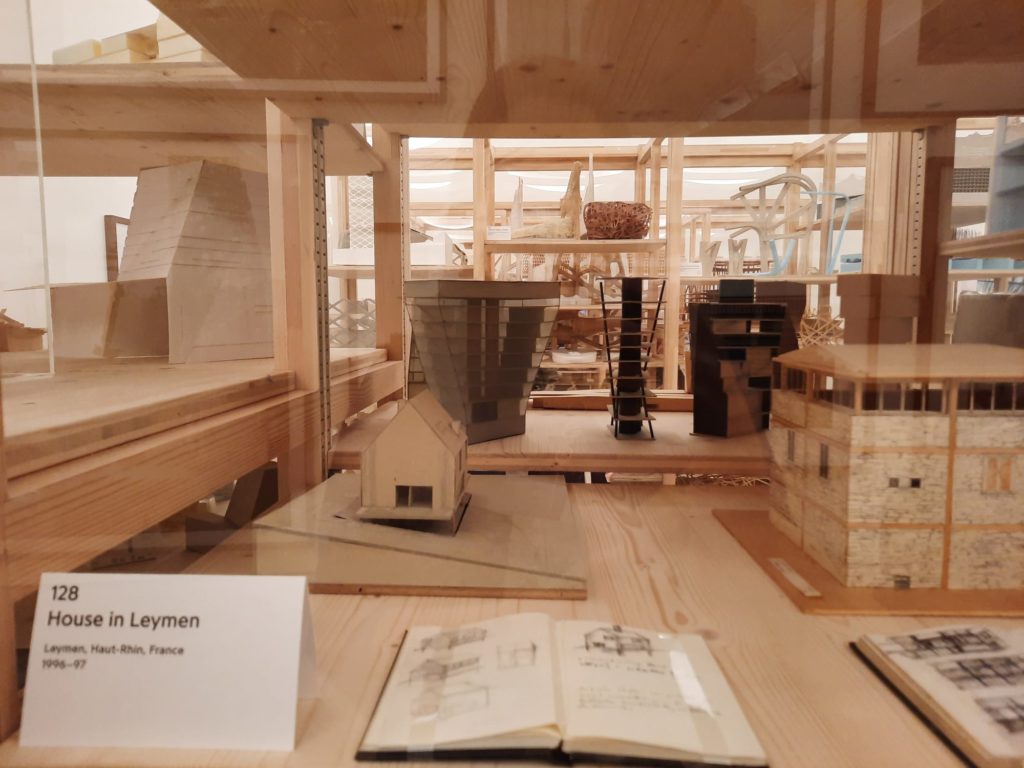
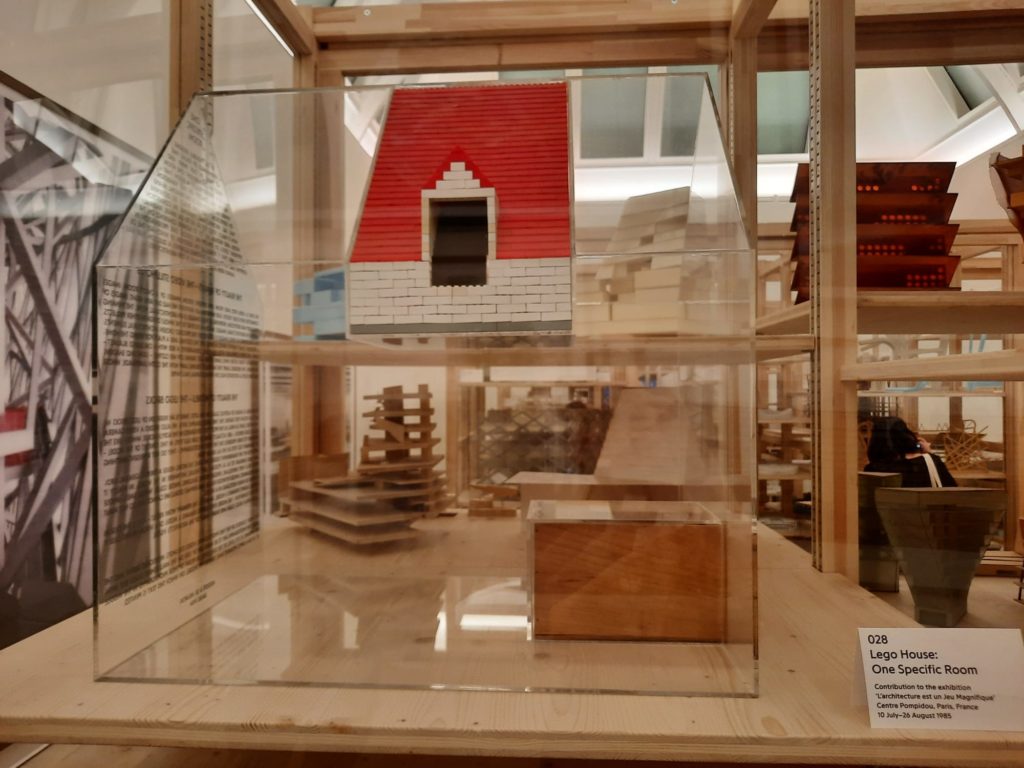
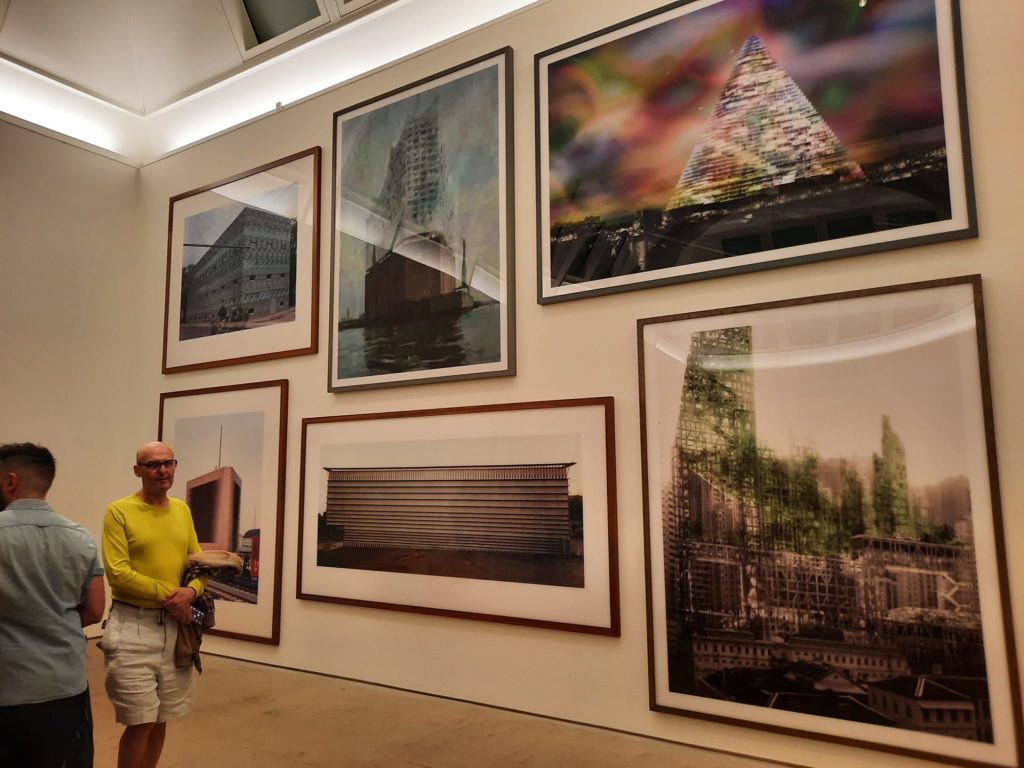

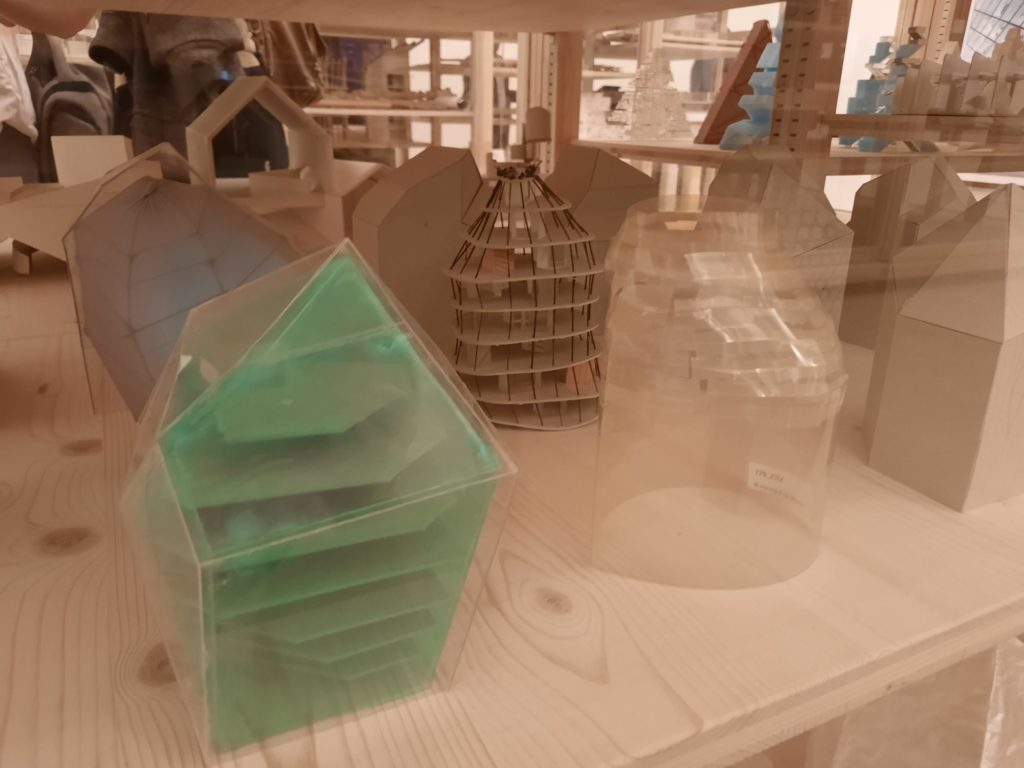
Herzog & De Meuron
Long-time Salterton Arts Review readers know that I’m at the Royal Academy fairly frequently to see their exhibitions. But although architecture is one of the RA’s disciplines, architectural exhibitions are rare. It’s for that reason that I wanted to catch Herzog & de Meuron just before it closed.
For those unfamiliar with the pair, Herzog & de Meuron are the founders of an architectural practice based in Switzerland. Founded in 1978, today the practice has more than 600 architects worldwide. They have undertaken many high-profile projects, including the Bird’s Nest Stadium for Beijing’s 2008 Olympics, and the transformation of a power station into Tate Modern. But even if it does not have one signature style, Herzog & de Meuron still bears the fingerprints of its founders. One such fingerprint is a preoccupation with architecture as a practice, and understanding how people live with architecture. Another is meticulous and thorough record-keeping. But although partly based on this record keeping, the exhibition is not a retrospective. If anything, it feels more like introspection.
Herzog & de Meuron is in the RA’s relatively small Gabrielle Jungels-Winkler Galleries (where we saw this and this, for instance). There are three distinct experiences, one in each room. Firstly there is a recreation of Herzog & de Meuron’s Kabinett vitrines, where they keep architectural models. Different projects at different scales jostle for space on shelves. In the next room is a 37 minute video shot in a Herzog & de Meuron project, a rehabilitation clinic in Switzerland, alongside another video of people moving through past projects. And finally there is an exploration of a children’s hospital project from various angles.
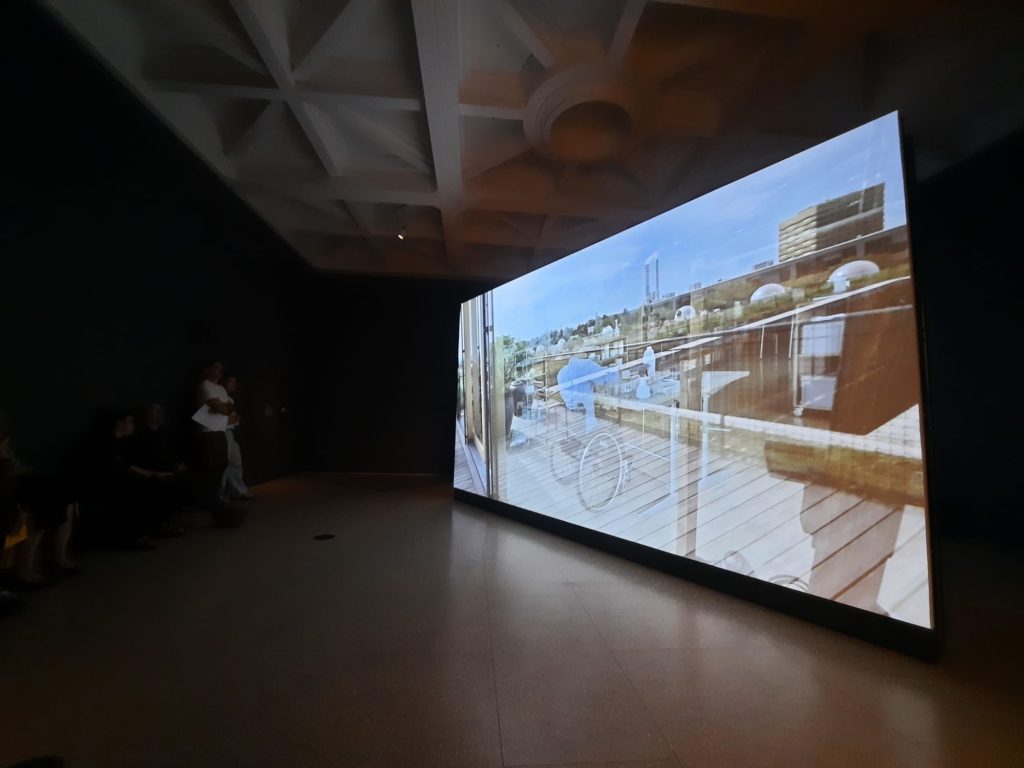
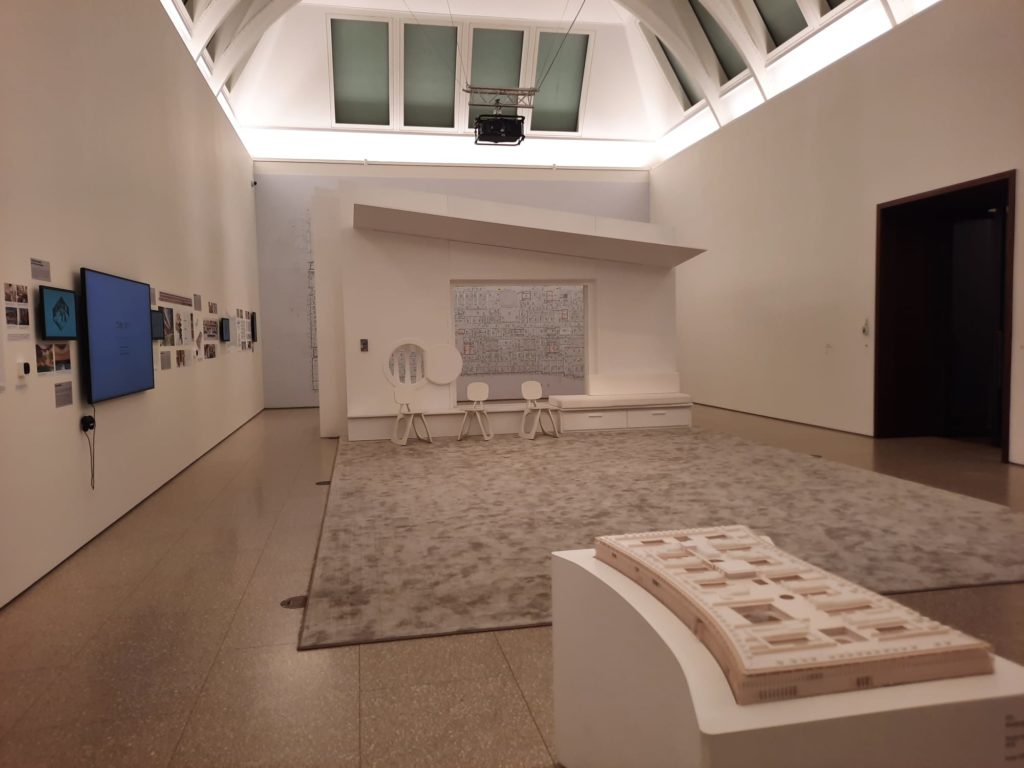
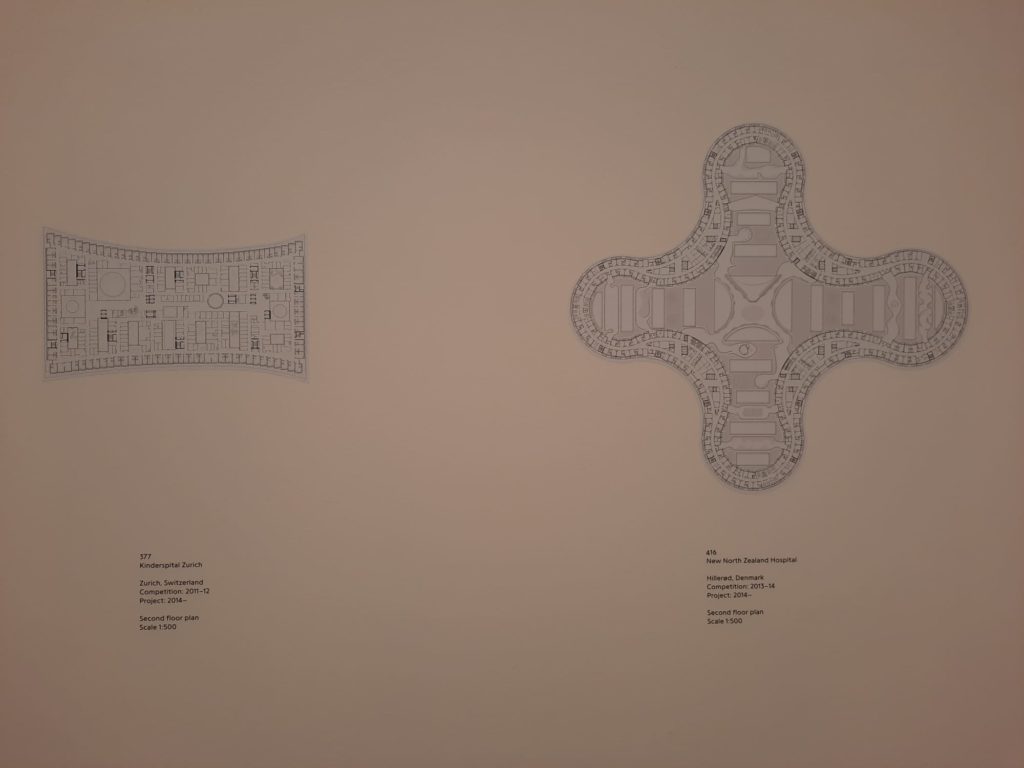
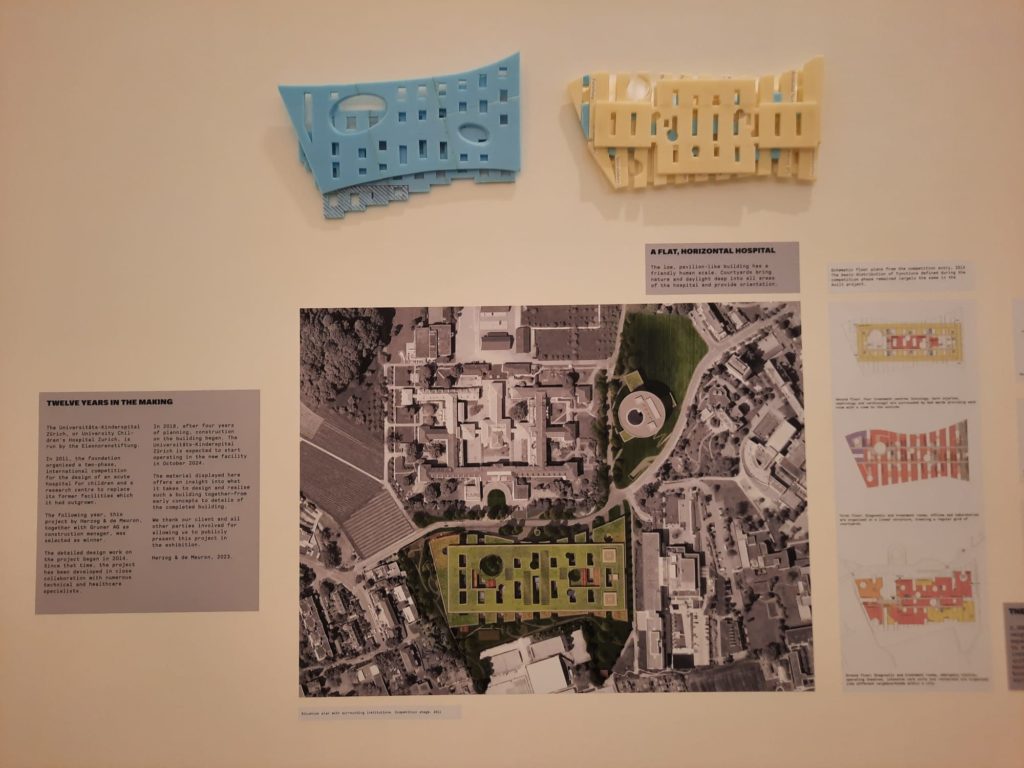
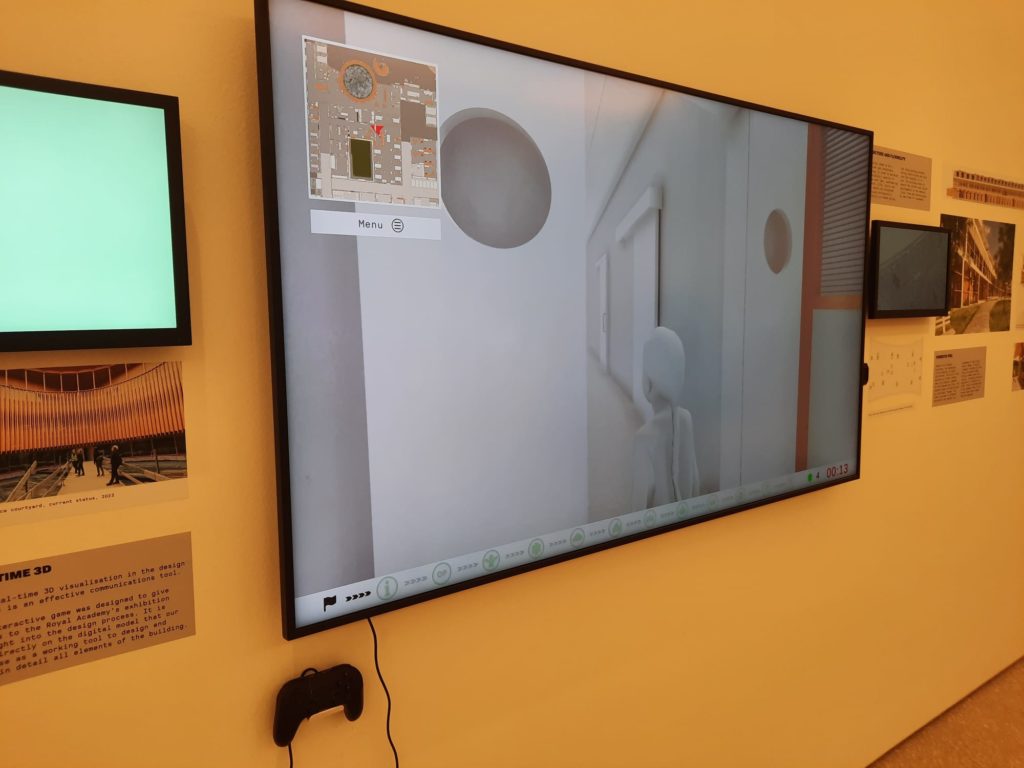

Architectural Introspection
On the one hand, the premise of this exhibition is interesting. You can’t bring architectural projects into the gallery physically. So how can you bring the concept in? Three different methods are presented here.
The first room is fairly familiar, even if it takes the specific form of the firm’s own archives. We are familiar with architectural models and imagining the scaled-up versions. In the second room the building itself is secondary. The main film, by architectural artists and filmmakers Bêka and Lemoine, follows the patients of the REHAB clinic in Basel. We catch glimpses of the architecture, but it has taken a back seat to how people now use it, and those people’s personal stories. In the third room we take a more holistic view. There are diagrams and models of the hospital and comparative projects. There’s even a video game where you can navigate hospital corridors. And a model of a room within it.
Then there is the element which crosses all three rooms, a fourth way to experience architecture: augmented reality. On the first information panel inside the exhibition a QR code leads you to an app. Once downloaded, certain panels scattered through the exhibition will trigger AR experiences. Only, my phone was not compatible so this content was for me unavailable. I caught a couple of glimpses of architectural details thrust into the gallery space. But it’s a shame that there’s no alternative for those whose phones let them down for any reason.
And maybe that’s the thing about this exhibition. There’s so much reflection on what architecture means and how people live with it, that there’s less reflection on how we as visitors experience the exhibition itself. In the first room the Kabinetts are oppressively large. It’s hard to get a good view of the architectural photographs sharing the space, for instance. In the second room you get caught up in the video before remembering that hearing people’s rehabilitation stories is not really why you’re there. And the third room feels a little flat without the AR. I left not feeling like I knew much more about Herzog & de Meuron than when I entered no more than 30 minutes before.
Salterton Arts Review’s rating: 2.5/5
Herzog & de Meuron on until 15 October 2023
If you see this after your page is loaded completely, leafletJS files are missing.

